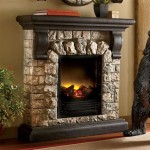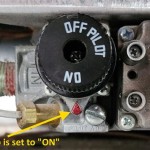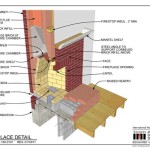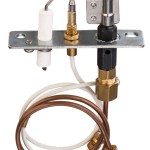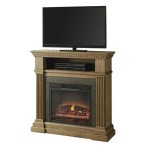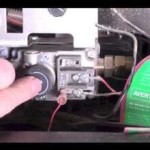Essential Aspects of Wood Burning Fireplace Liner
Fireplace liners are crucial for the safety and efficiency of your wood-burning fireplace. They protect the masonry and surrounding structure from heat damage, improve airflow, and prevent smoke and hazardous gases from escaping into the living space.
1. Material
Fireplace liners are typically made from metal, such as stainless steel, aluminum, or galvanized steel. Each material offers unique advantages and disadvantages:
- Stainless steel liners are highly durable, corrosion-resistant, and can withstand extreme temperatures.
- Aluminum liners are lightweight, easy to install, and less expensive than stainless steel.
- Galvanized steel liners are commonly used in budget-friendly applications, but they are not as durable or heat-resistant as stainless steel or aluminum.
2. Size and Shape
Fireplace liners come in various sizes and shapes to fit different fireplace dimensions and configurations. It's crucial to measure your fireplace accurately to determine the correct size liner. The liner should extend to the hearth and overlap the sides of the fireplace opening.
3. Thickness
The thickness of the liner contributes to its durability and heat resistance. Thicker liners (typically 24 gauge or 26 gauge) provide better protection and can withstand higher temperatures than thinner liners (28 gauge or 30 gauge).
4. Insulation
Insulated fireplace liners are designed to improve airflow and reduce heat loss. Insulation materials, such as ceramic fibers or vermiculite, fill the space between the liner and the fireplace walls. This minimizes heat transfer into the surrounding structure, resulting in a more efficient burn.
5. Ventilation
Proper ventilation is essential for a safe and effective fireplace. The liner should have perforations or vents to allow air to enter the combustion chamber. This air is heated and rises, drawing smoke and combustion gases up the chimney.
6. Installation
Fireplace liner installation should be performed by a qualified professional. Incorrect installation can compromise safety and affect the performance of the fireplace. The liner must be properly secured to the fireplace walls and sealed at all joints.
Conclusion
Choosing and installing the right fireplace liner is essential for the safety, efficiency, and longevity of your wood-burning fireplace. By considering the material, size, thickness, insulation, ventilation, and installation aspects, you can ensure that your fireplace operates safely and optimally.

Chimney Liners Usa Fireplace Insert Venting Information

Chimney Liners Usa Size A Fireplace Liner

What Is Chimney Relining And It Necessary

Chimneys And Lining Stovax Gazco

Chimney Liners Usa Wood Pellet Venting Information

Cast In Place Chimney Liner

Flue Liners Chimney Liner Options Stainless Steel

8 Advantages Of Using A Clay Chimney Liner

How To Line A Chimney With Flexible Flue Liner

Multifuel Double Skin Flexible Flue Liners Topstak
Related Posts

